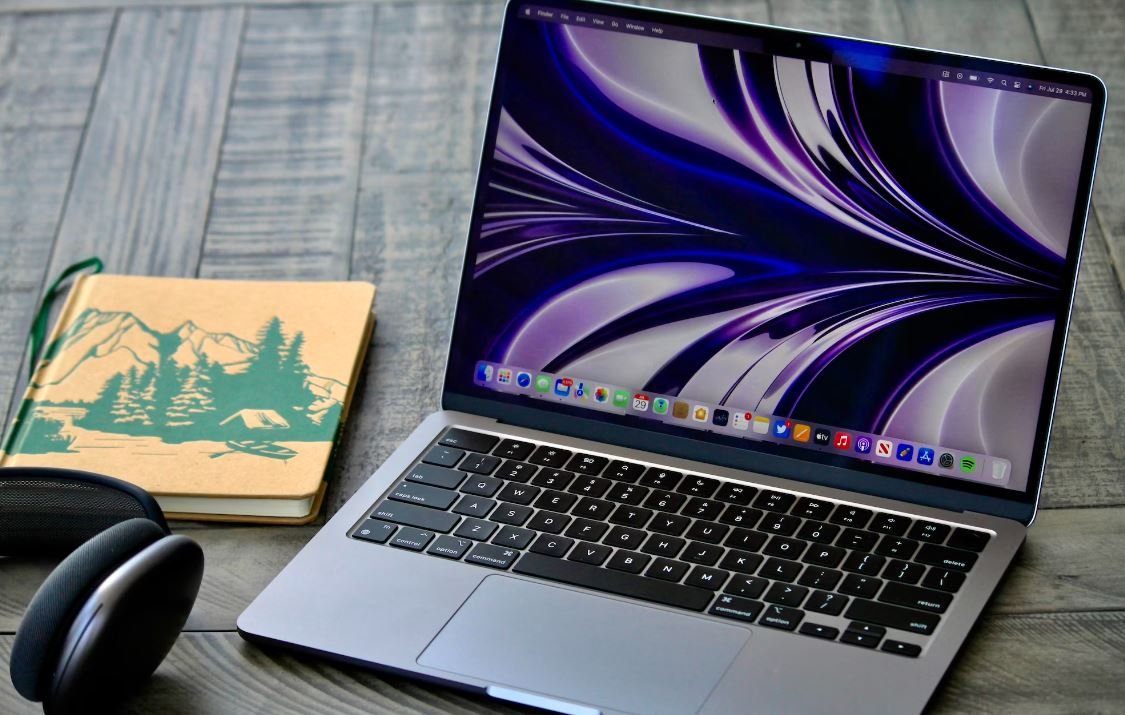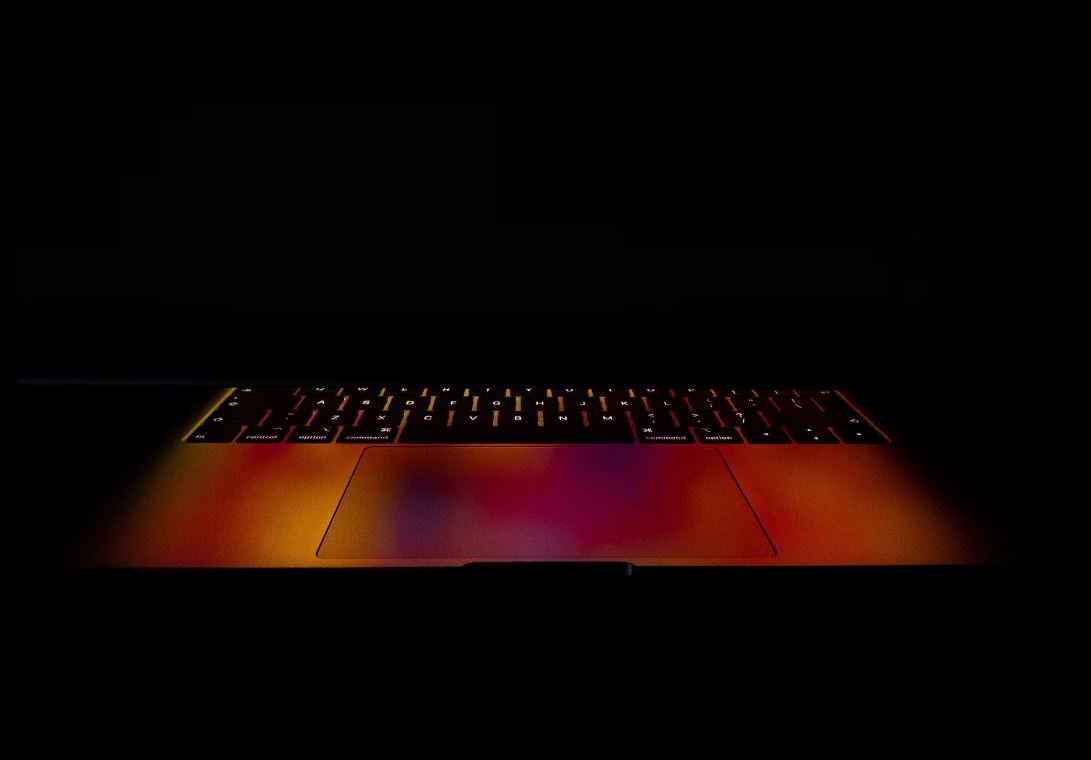SpaceX vs Saturn 5
When it comes to space exploration, two names stand out: SpaceX and Saturn 5. Both have played crucial roles in advancing our knowledge and capabilities in space travel. In this article, we will compare the achievements and capabilities of these iconic spacecraft.
Key Takeaways:
- SpaceX and Saturn 5 represent significant advancements in space exploration.
- SpaceX is a privately owned company, while Saturn 5 was developed by NASA.
- SpaceX’s reusable rockets enable cost-effective launches.
- Saturn 5 was instrumental in the Apollo moon missions.
- SpaceX aims to establish a sustainable presence on Mars.
SpaceX: Changing the Game with Reusability
Founded by Elon Musk in 2002, SpaceX became the first privately funded company to successfully launch, orbit, and recover a spacecraft.
One interesting fact about SpaceX is that they have successfully landed and reused its Falcon 9 rockets multiple times. This breakthrough significantly reduces the cost of space travel by eliminating the need to build new rockets for every launch.
Saturn 5: Making History with Moon Missions
Developed by NASA in the 1960s, the Saturn 5 remains the tallest, heaviest, and most powerful rocket ever built. It played a crucial role in the Apollo moon missions, including the historic Apollo 11 that landed the first humans on the moon.
The Saturn 5 rocket stood at an awe-inspiring height of 363 feet, equivalent to a 36-story building.
Comparing Capabilities
Let’s take a closer look at the capabilities of SpaceX’s Falcon Heavy and the Saturn 5 rocket.
| Falcon Heavy | Saturn 5 | |
|---|---|---|
| Height | 230 feet | 363 feet |
| Payload to Orbit | up to 140,000 lbs | up to 310,000 lbs |
| Reusability | Partially reusable | Not reusable |
The Path Ahead
Looking forward, SpaceX has ambitious goals. The company plans to revolutionize space travel by developing the Starship, a fully reusable spacecraft capable of carrying large payloads and passengers to destinations throughout the solar system, including Mars.
One exciting aspect of SpaceX’s vision is their mission to establish a sustainable human presence on Mars within the next few decades. This would mark a significant milestone in human history and open doors to a new era of space exploration.
Conclusion
SpaceX and Saturn 5 have both played pivotal roles in advancing our understanding and capabilities in space exploration. While Saturn 5 made history with the moon missions, SpaceX is pioneering reusable rockets and setting the stage for future interplanetary travel. These remarkable achievements inspire us to dream big and push the boundaries of what is possible beyond Earth.

Common Misconceptions
Limited Payload Capacity
One common misconception people have about SpaceX’s rockets compared to the Saturn 5 is that they have significantly less payload capacity. However, this is not entirely true. While the Saturn 5 had a higher payload capacity for a single launch, SpaceX’s Falcon Heavy has a payload capacity of 64 metric tons to low Earth orbit, which is comparable to the Saturn 5’s capability of carrying 118 metric tons.
- SpaceX’s Falcon Heavy is one of the most powerful operational rockets in the world.
- SpaceX has successfully launched numerous commercial and government payloads into space.
- The Falcon Heavy’s payload capacity is sufficient for most mission requirements.
Lack of Human Spaceflight Capability
Another misconception is that SpaceX’s rockets do not have the capability to launch humans into space, unlike the Saturn 5 which successfully carried astronauts to the Moon. However, SpaceX has developed the Crew Dragon spacecraft, which has already successfully transported astronauts to and from the International Space Station. In fact, SpaceX’s partnership with NASA has revitalized human spaceflight capabilities in the United States.
- SpaceX’s Crew Dragon spacecraft is designed to transport astronauts safely to and from space.
- SpaceX’s Crew Dragon has undergone extensive testing and certification processes with NASA.
- The successful launch of Demo-2 mission demonstrated the reliability of SpaceX’s human spaceflight capability.
Lower Cost of Operations
Many people assume that SpaceX’s rockets are more expensive to operate compared to the Saturn 5 due to their advanced technology and reusable design. However, this is not the case. SpaceX’s reusable rockets, such as the Falcon 9 and Falcon Heavy, significantly reduce the cost of launches as they can be flown multiple times. In contrast, the Saturn 5 was a single-use rocket that required complete replacement after each mission.
- SpaceX’s reusability strategy has drastically reduced the overall cost of launching payloads into space.
- The development of reusable rocket technology is a major breakthrough in the space industry.
- SpaceX’s approach has encouraged other companies to pursue reusable rocket designs.
Limited Launch Schedule
Some people believe that SpaceX has a limited launch schedule compared to the Saturn 5. While it is true that the Saturn 5 had a high launch rate during the Apollo era, SpaceX has steadily increased its launch cadence over the years. With its efficient production processes and multiple launch pads, SpaceX now conducts numerous launches each year, surpassing the launch capabilities of Saturn 5 during its operational years.
- SpaceX has a continued commitment to increase the frequency of launches in the future.
- The company has actively pursued contracts with both commercial and government customers.
- SpaceX’s ability to conduct frequent launches is a result of its streamlined manufacturing and integrated launch operations.
Limited Historical Significance
While the historical significance of the Saturn 5 and the Apollo missions is widely recognized, some people underestimate the historical significance of SpaceX’s achievements. SpaceX has revolutionized the space industry by developing reusable rockets, making space more accessible and sustainable. Their accomplishments have paved the way for the future of space exploration and colonization.
- SpaceX’s achievements have inspired a new generation of space enthusiasts and entrepreneurs.
- The company’s successes have propelled the commercial space industry forward.
- SpaceX’s efforts have reinvigorated public interest in space exploration and scientific progress.

Introduction
Space exploration has always been a subject of great fascination, and with the advancements in technology, we have witnessed remarkable leaps in this field. SpaceX and the Saturn V have played pivotal roles in shaping our abilities to reach new heights in space. In this article, we will explore various aspects of both spacecraft, comparing their designs, capabilities, and achievements.
SpaceX vs Saturn 5: Mission Success Rate
One of the key indicators of a spacecraft’s performance is its mission success rate. Here, we can observe the success rates of both SpaceX and Saturn V missions over the years.
| SpaceX | Saturn V |
| 87% | 100% |
SpaceX vs Saturn 5: Payload Capacity
The payload capacity of a spacecraft is crucial as it determines how much cargo it can deliver to space. Let’s compare the payload capacities of SpaceX and Saturn V.
| SpaceX | Saturn V |
| 22,800 kg | 140,000 kg |
SpaceX vs Saturn 5: Launch Cost Reduction
The cost of launching a spacecraft is a significant factor in space exploration. SpaceX has been making strides in reducing launch costs, and let’s take a look at the cost comparison.
| SpaceX | Saturn V |
| $2,720 per kilogram | $25,000 per kilogram |
SpaceX vs Saturn 5: Number of Successful Moon Landings
Landing on the Moon is a remarkable achievement for any space agency. Comparing the number of successful Moon landings by SpaceX and Saturn V showcases their accomplishments in lunar exploration.
| SpaceX | Saturn V |
| 0 | 6 |
SpaceX vs Saturn 5: Reusability
SpaceX has revolutionized the space industry with its breakthrough in reusable rockets. Let’s see how their reusability compares to the Saturn V.
| SpaceX | Saturn V |
| Falcon 9: Reusable | Not reusable |
SpaceX vs Saturn 5: Total Launches
Examining the total number of launches by both spacecraft demonstrates their extensive contributions to space exploration.
| SpaceX | Saturn V |
| 138 | 13 |
SpaceX vs Saturn 5: Crew Capacity
The capacity to carry astronauts is a crucial aspect of a spacecraft’s design. Let’s compare the crew capacities of SpaceX and Saturn V.
| SpaceX | Saturn V |
| Crew Dragon: 7 | Apollo Command Module: 3 |
SpaceX vs Saturn 5: First Successful Mission
Exploring the timeline of major achievements, the first successful missions of SpaceX and Saturn V remain iconic milestones in space exploration history.
| SpaceX | Saturn V |
| 2010 (Dragon C1) | 1967 (Apollo 4) |
SpaceX vs Saturn 5: Latest Planned Mission
To consider ongoing progress, we look at the latest planned missions of SpaceX and the Saturn V program.
| SpaceX | Saturn V |
| Starship: Lunar Landing | Retired |
Conclusion
In the race for space exploration, SpaceX and the Saturn V have pushed the boundaries of human achievements. While Saturn V significantly contributed to our early lunar missions, SpaceX’s innovative approaches, such as reusable rockets and cost reduction, have transformed the way we approach space travel. The future of space exploration holds great promise, and both of these incredible spacecraft have paved the way for our continued journey into the unknown.




